- Call us: 01444 237070
- Contact Us
- Stores
- Sign In / Register
-
- Back
- Used Cameras
- Used Accessories
- Used Lenses
- Used Video
- Used Film Equipment
- Used Stock Alert
- Used Blank Test
- Sell or Part Exchange
- Used Clearance
- Recently Added Used Equipment
- Park Picks
- All Used Black Friday Deals
- Faulty
- Trade-In
- Blog
- New in
- Call us
- Contact us
- Stores
- Sign in
- Categories
- Tips & Inspiration
- Reviews
- News
- Events
- Features
- Buying Guides
- Competitions
Fujifilm GFX 100 II Hands-on Review
As the flagship model in the Fujifilm medium format GFX line-up, the GFX 100 II from 2023 set a new benchmark for professional photographers and dedicated enthusiasts. This Fujifilm GFX 100 II hands-on review shares my personal experience after spending some time shooting landscapes, astro photography, and a handful of everyday walk-around images with this flagship system.
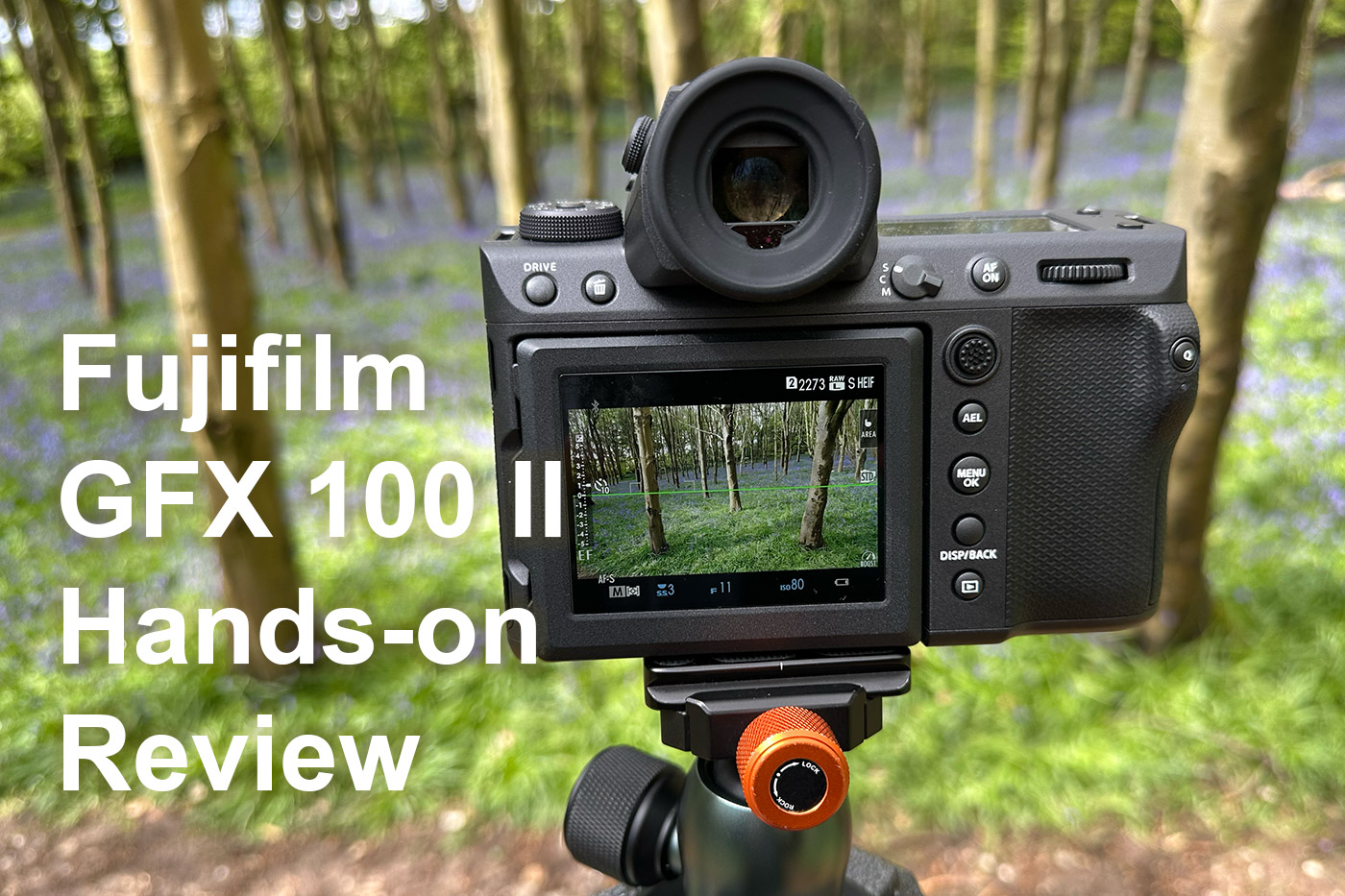
Rather than focusing on technical comparisons (which you can read in our original slightly more techie Fujifilm GFX 100 II camera review, that includes a video by Gareth), this hands-on article explores what the GFX 100 II is like to use in the field.
Whether you’re looking to invest in a brand-new body or considering a used GFX 100 II, it is a compelling choice for photographers who need (and crave) the very best image quality, more refined handling, and the versatility of a new breed of digital medium format system.
For this review it was paired with the wide angle GF 30mm f/3.5 R WR lens, which proved to be a great setup for capturing landscapes and night skies, while delivering some of the most detailed files I have ever had the privilege to work with.

Sample 01 Camera settings: f/11. 1.3 seconds. ISO 80 (right click to enlarge)
Fujifilm GFX 100 II Sample Images
These Fujifilm GFX 100 II sample images were captured by Nick Dautlich during a two-week stint with the camera around Sussex, shooting a mixture of landscapes, daytime walkabout scenes, sunsets and night photography.
The goal was to create a variation of outdoor and nature images to showcase the GFX 100 II’s dynamic range, detail, and real-world usability. Every image was taken with the Fujifilm GF 30mm f/3.5 R WR with a mix of tripod-mounted and handheld shooting to reflect the kind of situations you might encounter in typical outdoor situations. I shot using a broad aperture range, shutter speeds and ISO values, although most are taken at f/11 and base ISO 80, which are the sweet spot for image quality with this setup.
While I had hoped to capture more advanced wildflower landscapes, luck and timing were not entirely on my side, but I worked with the conditions available to create a samples that I hope demonstrate the camera’s versatility.
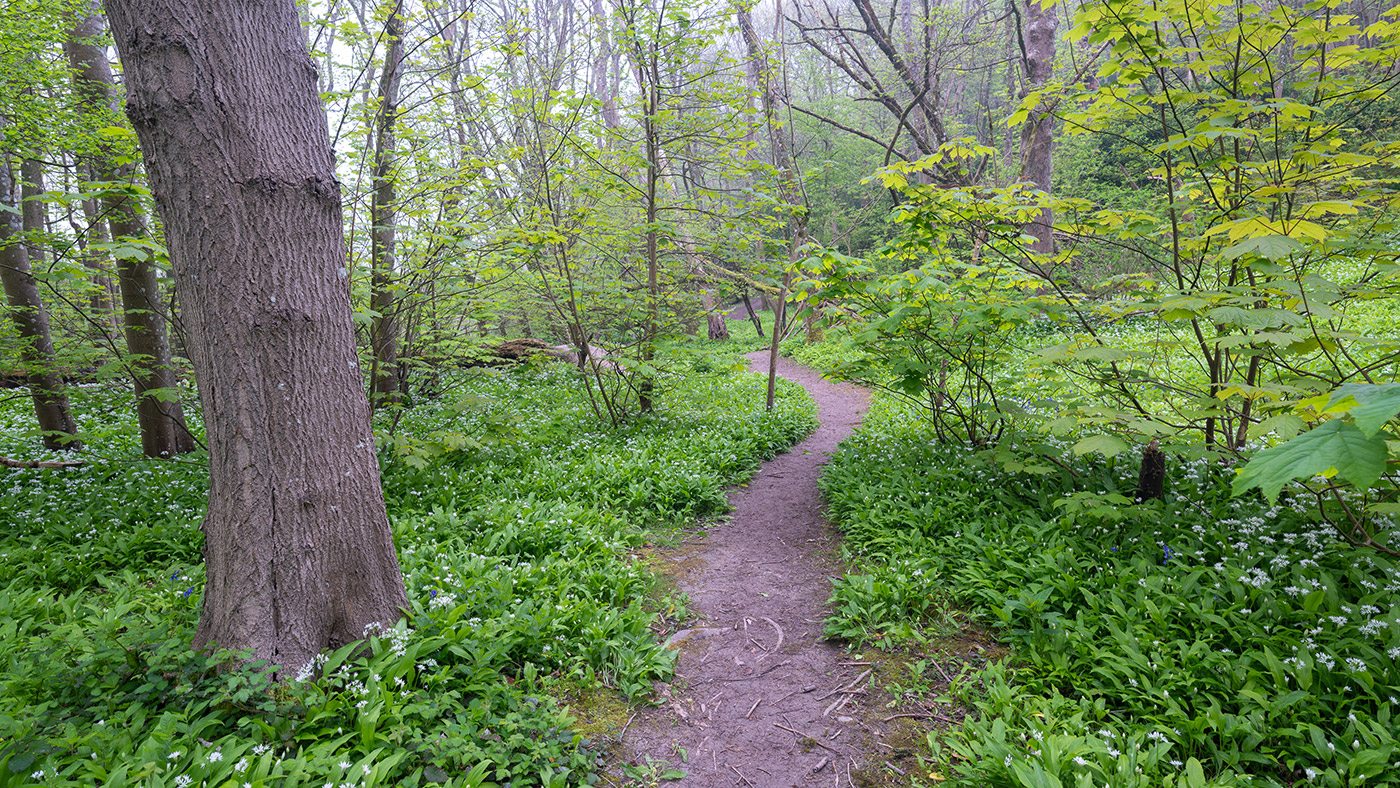
Sample 02 Camera settings: f/8. 0.4 seconds. ISO 80 (right click to enlarge)
Build Quality and Handling
As soon as you pick it up, the GFX 100 II immediately feels like a seriously professional tool. It is a large camera by any standards, but its design refinements make it surprisingly well-balanced and easy to handle for a medium format body. The updated styling, with its angular lines and BISHAMON-TEX leather texture, not only looks great but provides a secure, comfortable grip, which feels very well balanced.
At around 1030g (excluding the viewfinder and battery), it is a fairly substantial camera, but this weight is offset by really well considered ergonomics. The detachable EVF was a highlight for me, offering a bright, almost 3D quality with a very detailed view from its 9.44-million-dot resolution and 1.0x magnification.
It is also compatible with the optional EVF-TL1 tilt adapter, which is ideal for classic waist-level shooting, and isn’t merely a nod to traditional medium format shooting, but also a practical addition that some photographers will gravitate towards. The rear LCD is also impressive, with a 3.2-inch 2.36-million-dot screen that tilts but does not fully articulate. It’s fully touchscreen operable and the resolution is enough for you to pixel peep and check focus accurately.
During use, I found the button layout generally very easy to work with, although the placement of the Q (Quick Menu) button on the grip was slightly frustrating, as I accidentally pressed it several times. Although the functionality can be reprogrammed, I don’t believe it can be fully disabled. Otherwise, the handling felt every bit as premium as you would expect at this level, with easy access to menu navigation and premium image and compositional visibility.
I very much enjoyed using the top LCD panel on the shoulder for my histogram, which provided an instant view to check there’s no clipping. This screen can also be set to show snazzy digital dials, and you can adjust the brightness, it tilts slightly for improved visibility and it is a passive display when the camera is powered off. Fujifilm really did consider ergonomics with this body, and it shows.
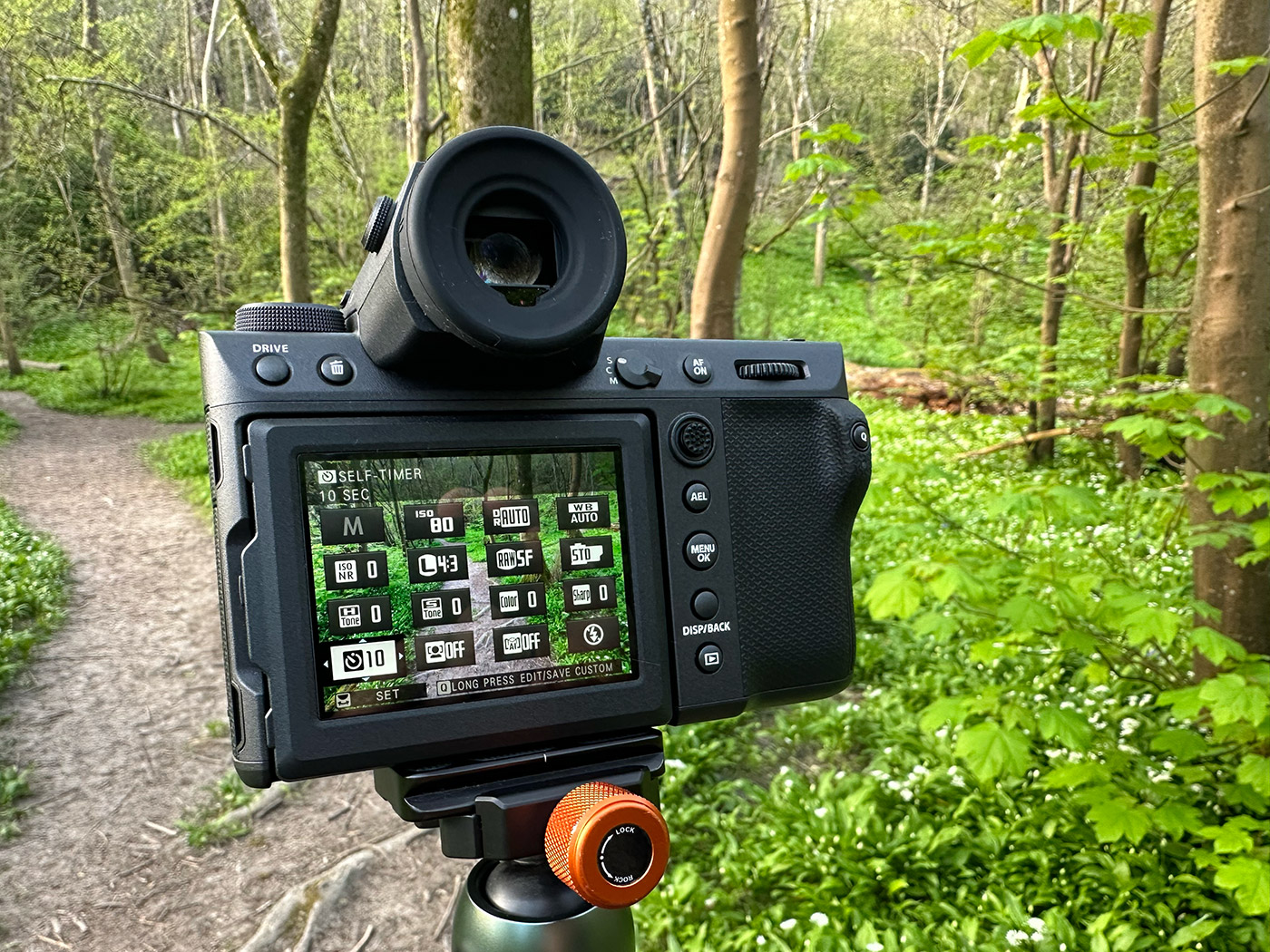
Autofocus is an area which has also been addressed, and performance has been significantly improved compared to the first generation. The GFX 100 II introduces Fujifilm’s deep learning AI subject detection, which is capable of recognising human faces and eyes, animals, birds, planes, trains, automobiles and motorcycles.
Although I often supplement AF with MF for landscapes and astro subjects, autofocus proved fast and accurate during general shooting, which really is a notable achievement for a medium format system that boasts over 100 megapixels, and where historically speed has not been the primary ‘focus’.
The green box framing any in-focus subject is obvious and I appreciated the impressive stabilisation which helps to achieve sharp results from such a large sensor.
Connectivity is another strong point for this camera, and perhaps partly explains the size difference between this and the GFX 100S II. Professional ports include a full-size HDMI, Ethernet, 3.5mm headphone jack, mic input, and USB-C whIch is also used for charging. This extensive connectivity caters to studio tethering and hybrid creators who will need the additional connectivity and data sharing.
I did find the rubber port doors slightly fiddly, especially when working quickly in the field, but this is a minor issue compared to the practicality they offer. Overall, the GFX 100 II delivers a first-class handling experience, with a balance between size, durability, and functionality, all from a medium format camera that feels like it is made to work as hard as you want.
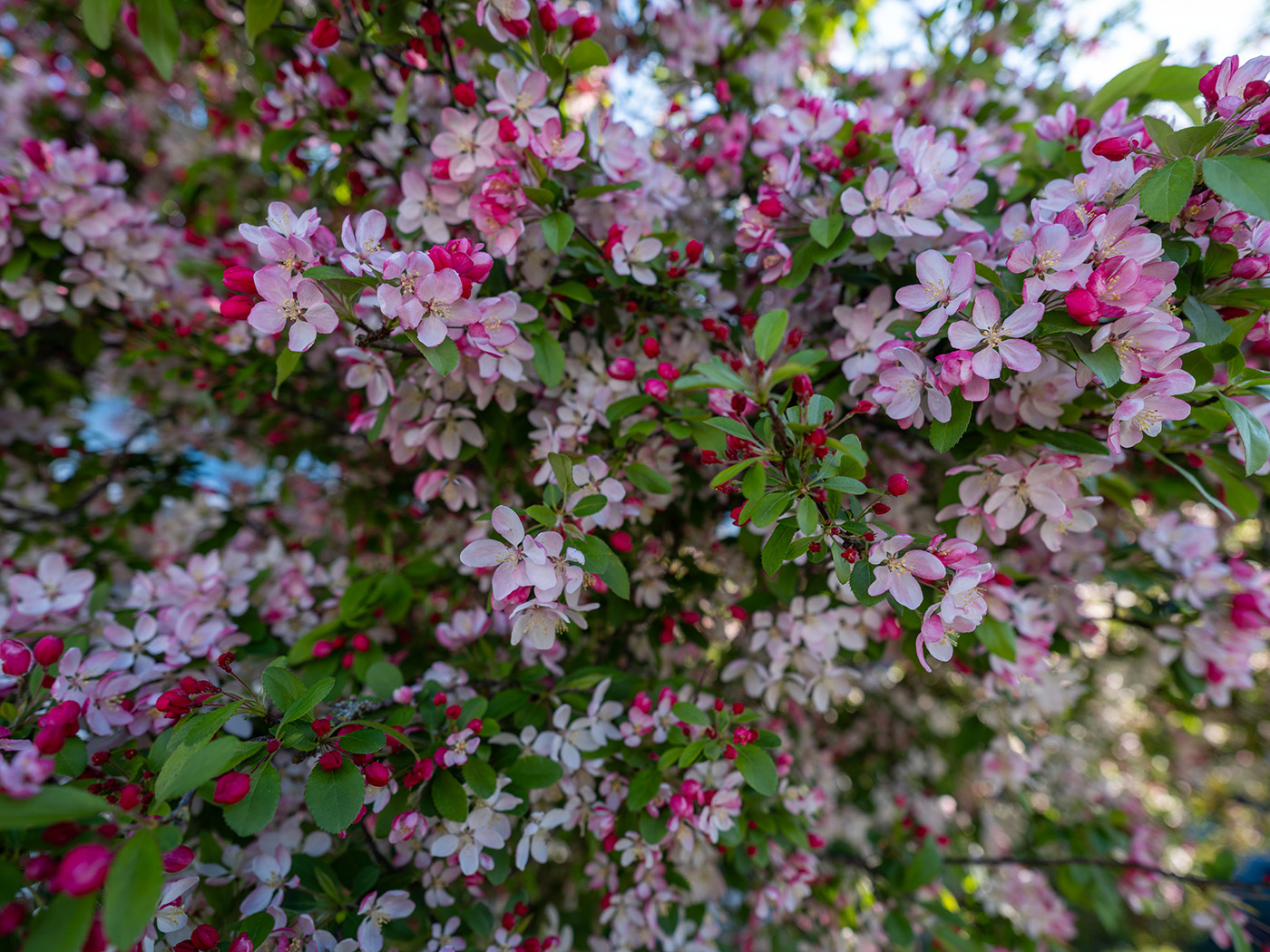
Sample 03 Camera settings: f/4. 1/60 second. ISO 80 (right click to enlarge)
General Performance
When it comes to real-world performance, the Fujifilm GFX 100 II offers a major leap forward over pre 2023 medium format models, both from Fujifilm and elsewhere. The newer 102MP high-speed sensor (HS) provides faster readout speeds than the previous generation, while directly contributing to faster and more accurate autofocus performance.
Although exact readout speeds are not officially quoted, Fujifilm states that the stacked CMOS sensor design offers around two times faster signal readout compared to the earlier GFX 100 sensor. This translates into significantly better autofocus as mentioned and subject acquisition was fast and reliable in most conditions.
During my hands-on time, the GFX 100 II reliably tracked human subjects and performed very well with static landscapes and handheld street shooting. Although I primarily focused on landscapes, testing the eye-detect AF showed it to be sticky and surprisingly accurate when used.
Low-light autofocus is another strong point, with a rated sensitivity of -5.5EV (with a fast lens attached), allowing the GFX 100 II to focus after sunset or in dimly lit interiors. This makes it more versatile than many traditional medium format cameras, which often struggle as light levels dip.
That said, compared to the very fastest full-frame mirrorless cameras, there is still a slight trade-off in pure AF speed and subject tracking when shooting action. However, given the enormous sensor size and resolution, autofocus performance is genuinely impressive and should satisfy most photographers, especially in the studio, landscape, portrait, and commercial environments where this camera will most often be used.
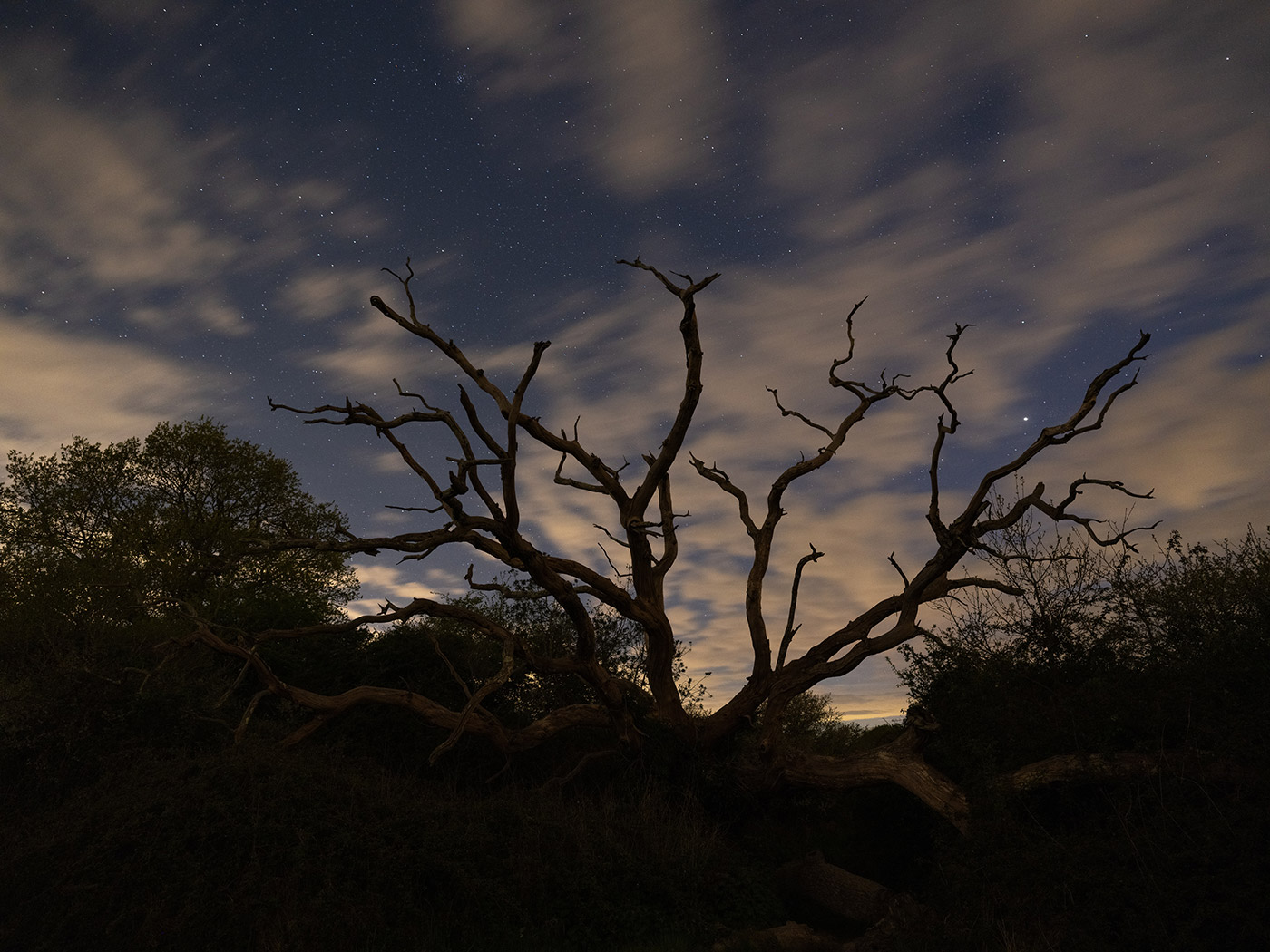
Sample 04 Camera settings: f/4. 15 seconds. ISO 1,600
Image Quality and Dynamic Range
If there is one area where the Fujifilm GFX 100 II truly excels, it is in the image quality department, which is why the majority of photographers will gravitate towards this model in the first place. It has to be said that the 102MP medium format sensor delivers astounding levels of detail, with native files measuring a huge 11,648 x 8,736 pixels in the standard 4:3 aspect ratio. This resolution outperforms my Sony A7R V significantly, even though that features a 60MP sensor, which is the highest for any full-frame camera at the time of writing.
The sheer resolving power of the GFX sensor is remarkable, allowing for extreme cropping without compromising size, as well as output potential for fine art prints, commercial billboards, magazines, high-end portraiture, fashion and events. There are applications that require very large file sizes and the GFX meets those demands with ease, so your editor will be happy, as will any clients.
Dynamic range is another notable area that contributes to image quality, and Fujifilm rates the GFX 100 II at over 14 stops of dynamic range. In real-world use this flexibility is instantly noticeable. Shooting high-contrast scenes during sunrise and sunset, I was able to recover highlight and shadow detail easily, creating rich, natural-looking images without introducing too much noise or losing colour.
Whether photographing deep shadows under tree cover or pulling back delicate highlights from bright skies, the files consistently held together very well, although all of these samples have very minimal editing. The base ISO 80 is a great starting point for the sensor, showing really smooth files with no discernible noise or artefacts.
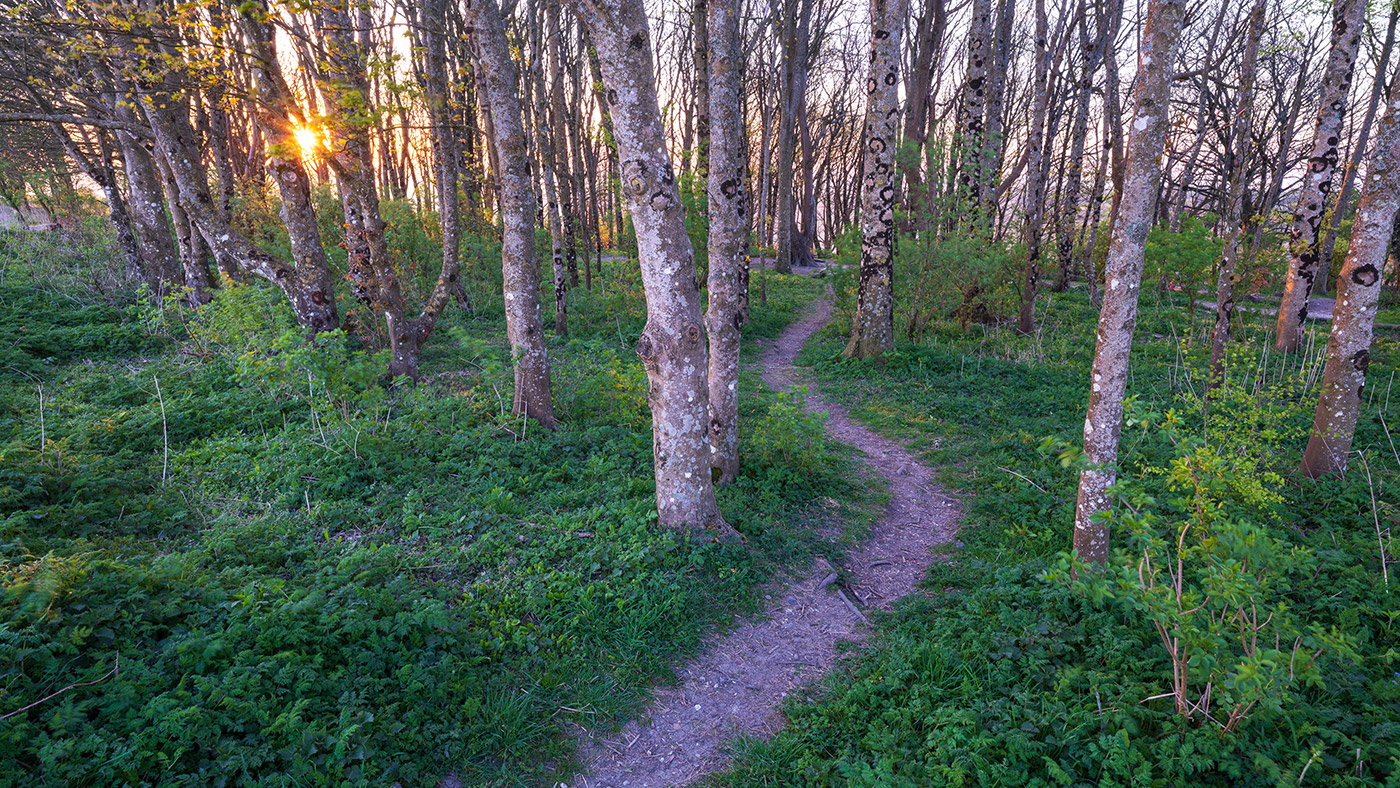
Sample 05 Camera settings: f/11. 0.8 seconds. ISO 80 (right click to enlarge)
One of my favourite features when working with the GFX is the ability to shoot and preview different aspect ratios. While the standard 4:3 files offer the most sensor area, I shot a lot of sample images in 16:9, which suits landscape compositions nicely.
Crucially, the camera still records the full RAW data, allowing you to revert or adjust the crop non-destructively during editing. This flexibility really lets you pre-visualise your images while maintaining creative control later on, in case you change your mind. The fixed lens GFX100RF released in 2025 takes this idea to its logical conclusion with the implementation of a dedicated aspect ration dial, which showcases just how versatile the sensor resolution is in terms of capturing different formats.
So with a lot of landscape images captured at f/11 and a 24mm equivalent lens, I can say first hand that the depth of field you can achieve from this sensor is as remarkable as the resolution, with no signs of diffraction.
Of course the naturally shallow depth of field is obvious at wide apertures, however you can achieve front to back sharpness without focus stacking in plenty of scenarios – although the camera does offer focus bracketing, which is useful when you’re up close to the subject.
Fujifilm’s signature looks carry over to the GFX, with film simulations such as Velvia, Provia, new REALA ACE (which I used for most of my HEIF images), and Astia, all providing excellent results for various subjects.
The GFX 100 II is capable of capturing incredibly clean, detailed files that retain natural colours with superb micro contrast, especially under challenging lighting conditions.
If you’re a professional photographer who shoots landscapes, lifestyle, fine art, or images for commercial campaigns, the GFX 100 II provides a level of output that simply outpaces anything available from a typical full-frame system, even those with pixel shift technologies.
Fujifilm’s own sensor shift mode can create 400MP images for ultra-large reproductions, should you ever need even more resolution from this camera. This might be useful for art reproduction and cataloging, or ultra large prints etc.
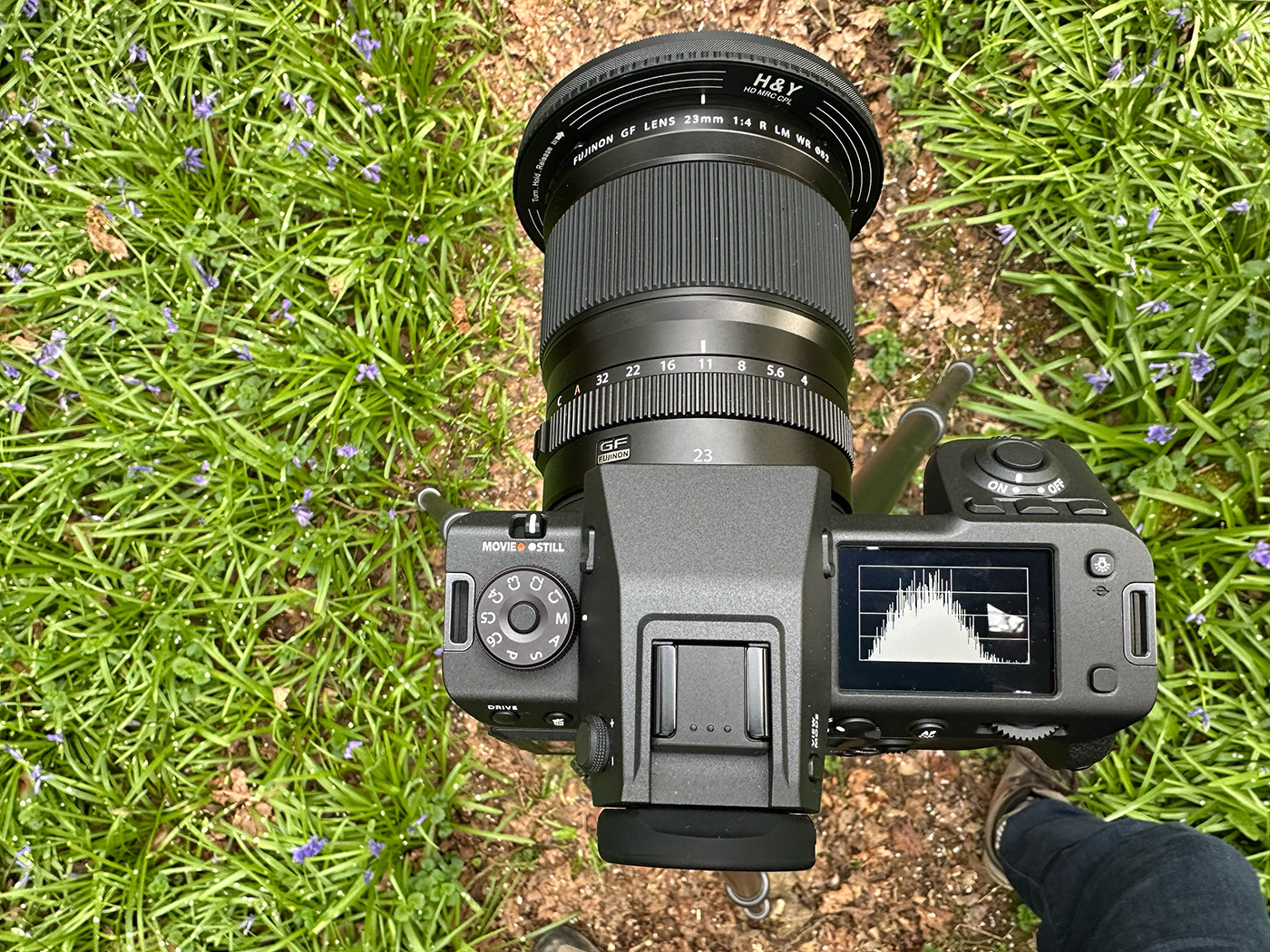
Video Capabilities
Although I stuck entirely with stills photography during my time with the Fujifilm GFX 100 II, it is worth highlighting that this is a very capable flagship hybrid camera, that’s great for video. If you would like an in-depth look at its full video features, take a look at our Fujifilm GFX 100 II Review, where Gareth covers both photography and video shooting capabilities in his video.
Key specifications include 4K/60p, 8K/30p, FHD/120p, 4:2:2 10-bit Internal Recording with internal Apple ProRes 422 HQ support, which aren’t even available on the newer GFX 100S II. The GFX 100 II also offers F-Log2 for up to 14+ stops of dynamic range in video, and captures footage with ISO 100 as the standard movie sensitivity for the highest quality possible.
There’s full-size HDMI output for external recorders and monitors, as well as headphone and microphone jacks, cementing this as a genuinely capable hybrid camera for professional filmmaking, interviews, or commercial video production. With a growing need for moving film to be delivered for clients, Fujifilm has designed the GFX 100 II to deliver high performance for hybrid creators.
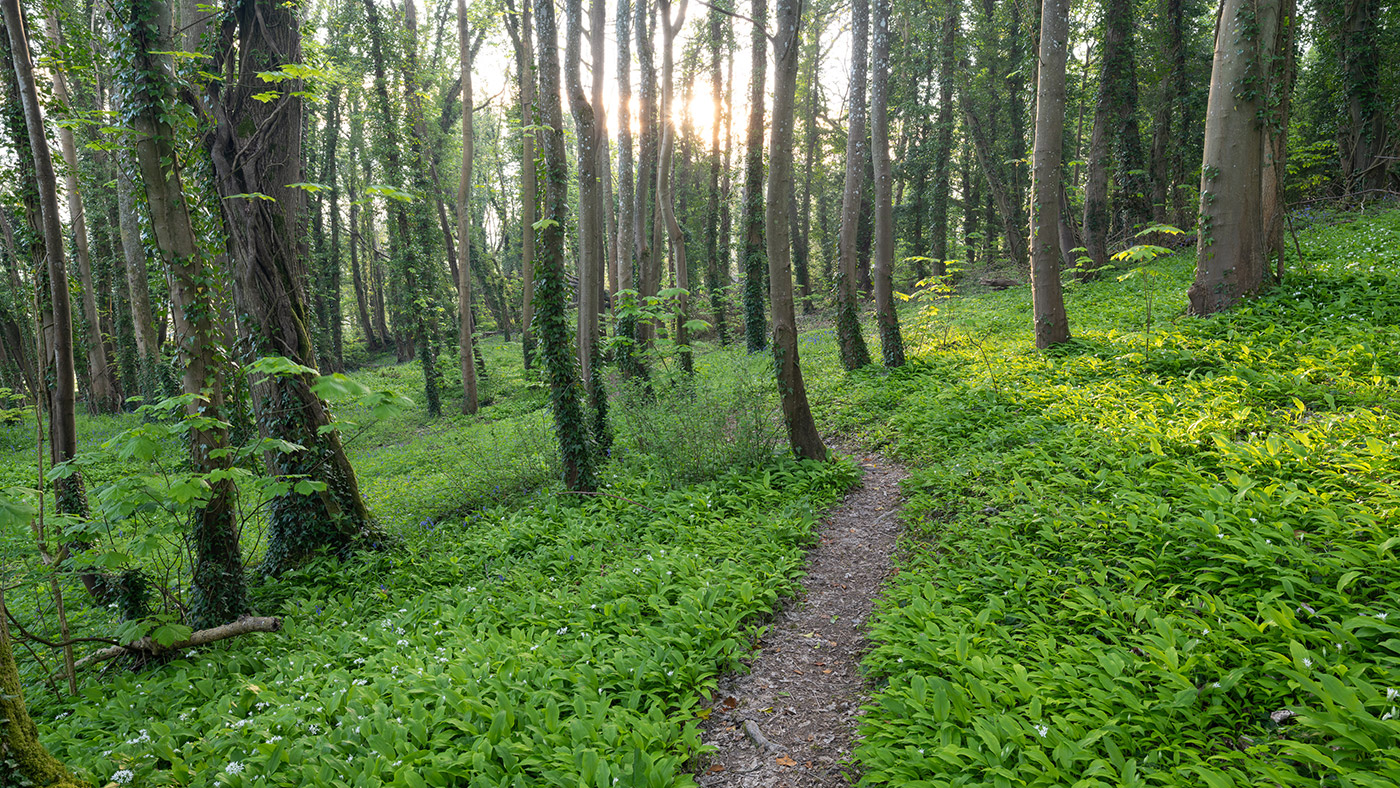
Sample 06 Camera settings: f/11. 1.5 seconds. ISO 80 (right click to enlarge)
Hands-On with the GF 30mm f/3.5 Lens
One of the highlights during my hands-on time with the GFX 100 II was shooting with the Fujifilm GF 30mm f/3.5 R WR lens. This ultra-wide prime offers a versatile focal length, which translates to around 24mm in full-frame terms. This is a classic focus width for landscapes, cityscapes, and architecture, but also flexible enough to use as a general-purpose wide-angle lens for environmental portraits, documentary and why not try some handheld walk-around snapshots too?
The lens feels very high quality in the hand, with a solid, weighty construction that is well-balanced on the larger GFX 100 II body. Weighing 510g and measuring around 100mm long, the lens is portable enough, especially for a medium format lens, and it accepts standard 58mm filters, which is a welcome addition for photographers who rely on using a landscape filter system, ND or polarising filters.
The GF 30mm f/3.5 is fully weather-sealed against dust, moisture, and cold, and the optical performance is excellent, easily resolving the full 102MP resolution of the sensor, with good levels of sharpness across the frame.
There is some mild barrel distortion, and also slight vignetting when shooting at wider apertures, but nothing unexpected or difficult to correct in post. When shooting directly towards the sun, I noticed some ghosting and flare, although it was relatively well controlled and the lens retains good levels of contrast for backlit scenes. One of the nice touches is the lens’s ability to produce attractive 18-point sunstars, which add pleasing character when used in certain situations.
Overall, the GF 30mm f/3.5 is a fantastic choice for MF shooters who want a wide field of view without the zoom ability of alternative Fujifilm GFX lenses.
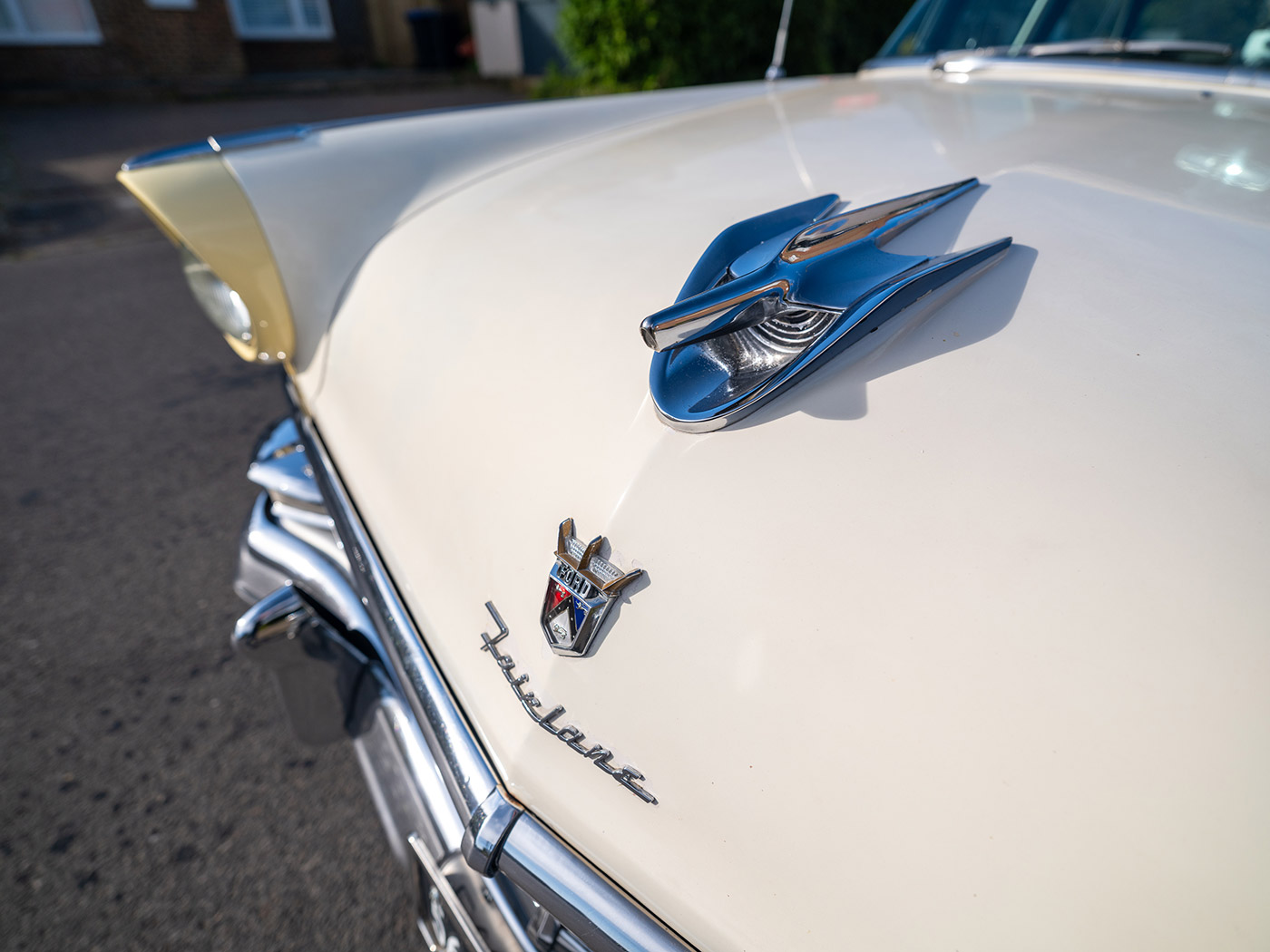
Sample 07 Camera settings: f/4. 1/800 second. ISO 200 (right click to enlarge)
Used vs New?
When deciding whether to buy a new or second-hand Fujifilm camera, there are advantages to both options, depending on your priorities. Buying new ensures you receive a full manufacturer warranty, and complete peace of mind that your camera has had no previous use. The new Fujifilm GFX 100 II price is £6,999.00, which is a healthy investment, but one that delivers professional results with the latest sensor and autofocus technologies.
For those looking to save, a used Fujifilm GFX 100 II might be the perfect alternative. Park Cameras offers used models starting from around £5,789.00, boxed and complete with a six-month warranty for a good degree of reassurance. Everything is carefully checked prior to sale, ensuring great value for anyone ready to upgrade to medium format with a lower initial financial outlay.
The same is true for GF lenses. The GF 30mm F/3.5 R WR retails for £1,649.00 new, but used examples can be found from around £1,000.00. These tend to sell quickly due to the popularity of the GFX system, so if you spot one it’s worth moving quickly. Browse our range of used Fujifilm lenses and see if you’re lucky enough to snag one.
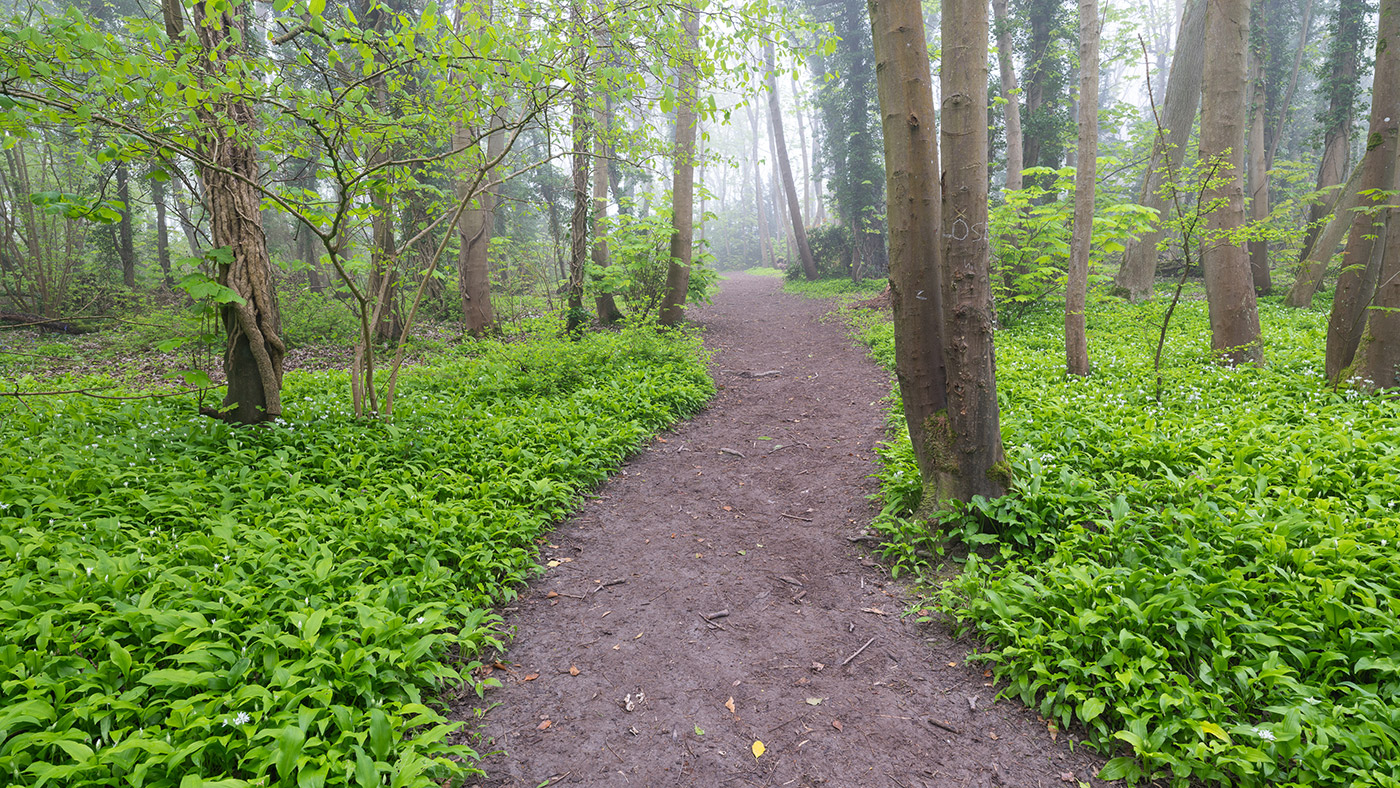
Sample 08 Camera settings: f/11. 1 second. ISO 80 (right click to enlarge)
Storage, data and accessories
The Fujifilm GFX 100 II does provide an exceptional shooting experience for photographers who are accustomed to working with larger format cameras. Bear in mind you’ll need additional data storage (AKA more hard drives) and you’ll probably want to implement a new workflow to benefit from the incredible 102MP resolution, without grinding to a halt every time you import data. My Mac did a sterling job when working on files locally, and was able to render Lightroom images quickly once the cache was built.
The GFX 100 II offers good battery life for such a large system, with over 500 shots per charge quoted. However as with any camera it’s worth carrying at least a couple of extra NP-W235 batteries to shoot comfortably all day. Fortunately, these are excellent value and are used across a wide range of Fujifilm cameras.
Fast memory cards are an essential requirement if you plan to capture bursts or high res video. I used an older UHS-I SD card in the second slot during this review, but I would recommend adopting a fast Type B CFexpress card to benefit from the performance, which the camera offers.
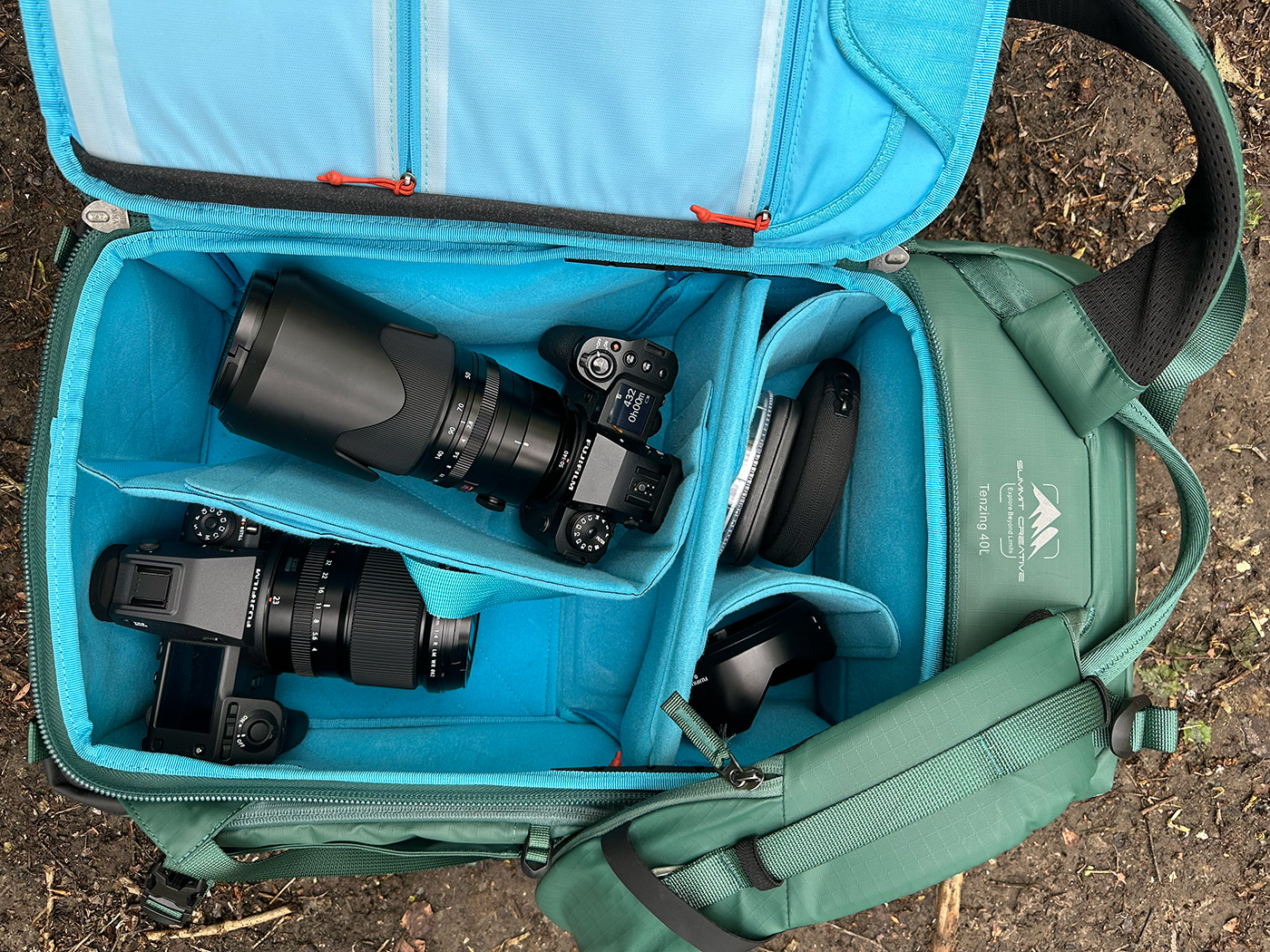
Size comparison with the Fujifilm XH2 camera, both stowed in the heavy-duty Summit Creative Camera Backpack
Although you can run and gun with it, this is a camera which I found naturally encourages a slower, more considered shooting style. In doing so, it provides virtually endless possibilities for billboard advertising, magazine spreads, high-end fashion and lifestyle productions, as well as fine art, landscape, product and architectural photography. This definitely feels like a flagship medium format camera that has set a benchmark, which is going to be hard to beat.
Although the GFX 100 II is an incredible stills photo camera, it is a true hybrid body. If you shoot very little video, or prefer a more compact body, the GFX 100S II is well worth considering. The only real trade-off to the system is the size and weight, which is mainly due to the larger GF lenses, but this will be a small penalty for commercial photographers who value the premium image quality. If you don’t need quite as high resolution but want to stay within the Fujifilm ecosystem, read our Fujifilm X-H2 hands-on review for photography, which explores the APS-C format camera alongside this medium format system.
If you are looking for a high-end medium format camera that feels refined, intuitive, and immersive to use, the GFX 100 II is a serious contender in an exclusive class.
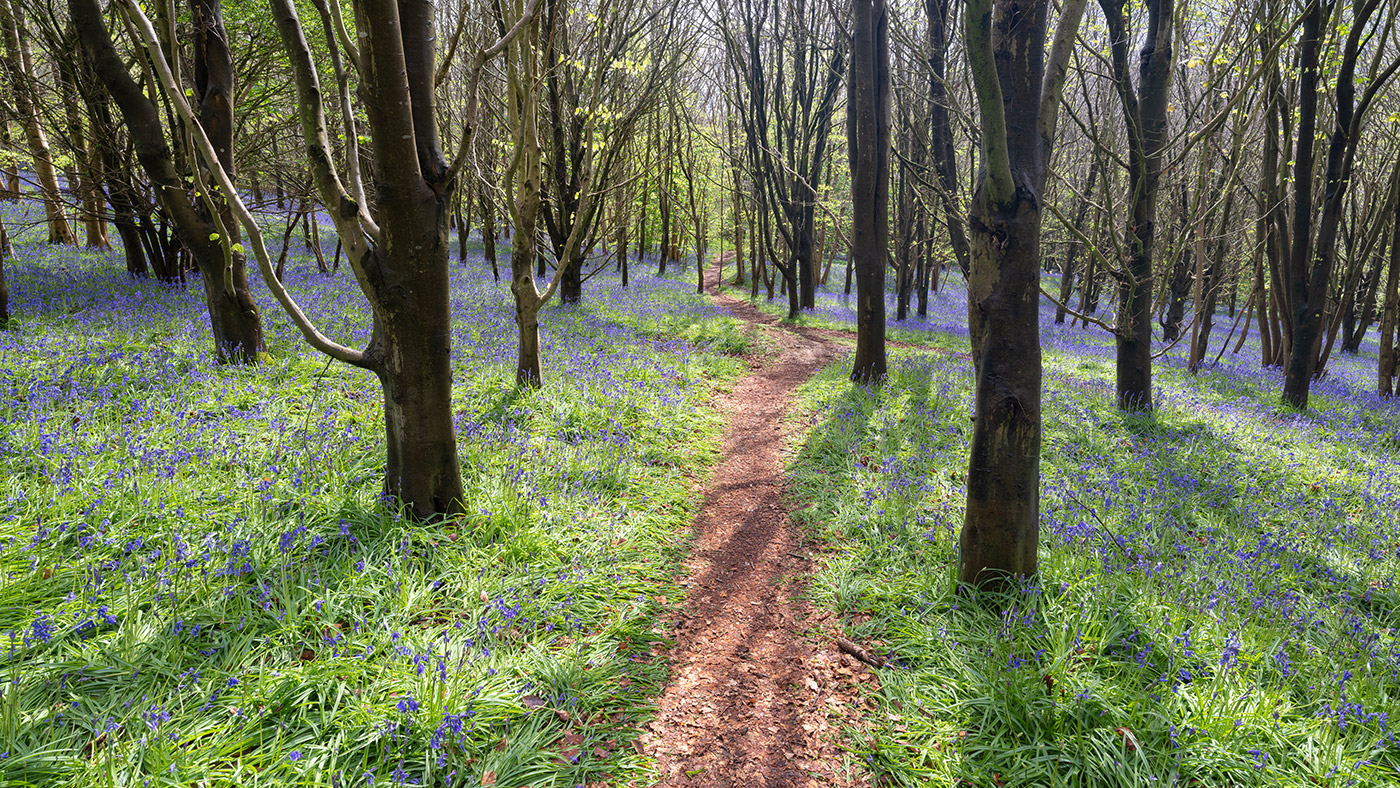
Sample 09 Camera settings: f/11. 1/6 second. ISO 80 (right click to enlarge)
Shop for a new GFX 100 II camera today, or why not browse our range of used Fujifilm cameras, which are updated daily and find the perfect model, while saving some cash to buy an accompanying GF lens.
Share this post:
By Nick Dautlich on 25/05/2025
Nick Dautlich
Senior Content Writer and Product Reviewer
Nick Dautlich is the Senior Content Writer and Product Reviewer at Park Cameras, with over 15 years of photography experience. A Sony Imaging Professional and expert reviewer, Nick has worked with major brands such as Canon, Sony and Nikon. His work is also featured on Vanguard World UK’s website, Capture Landscapes, and Shutter Evolve. Nick’s photography includes National Trust projects and magazine covers and he is passionate about landscapes and storytelling. Nick also enjoys hiking and teaching his children about nature. Learn more on his profile page.
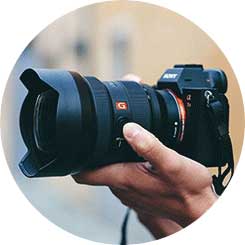
Trade in your old equipment
Fast and easy trade in service ensures your old gear is collected efficiently and you are paid quickly! It's very simple to trade in your unwanted photography gear. Just head over to our dedicated Sell or Part Exchange page, fill out the details, and we'll get back to you with an offer for your old gear. Take the cash, or put it towards the cost of your new gear. It's up to you! Find out more
sign up to the newsletter
Keep up to date on the latest photography news, events and offers. Sign up now